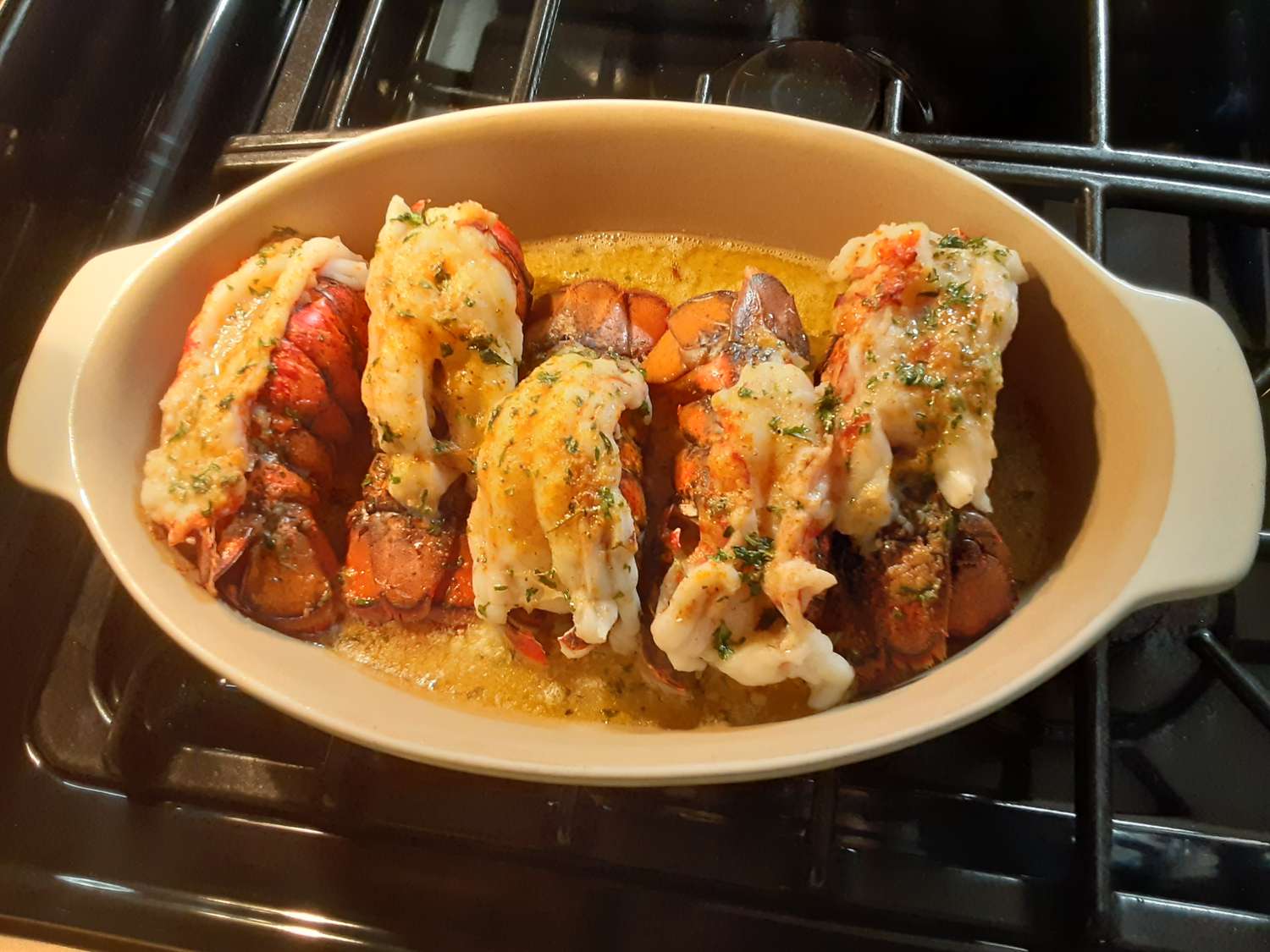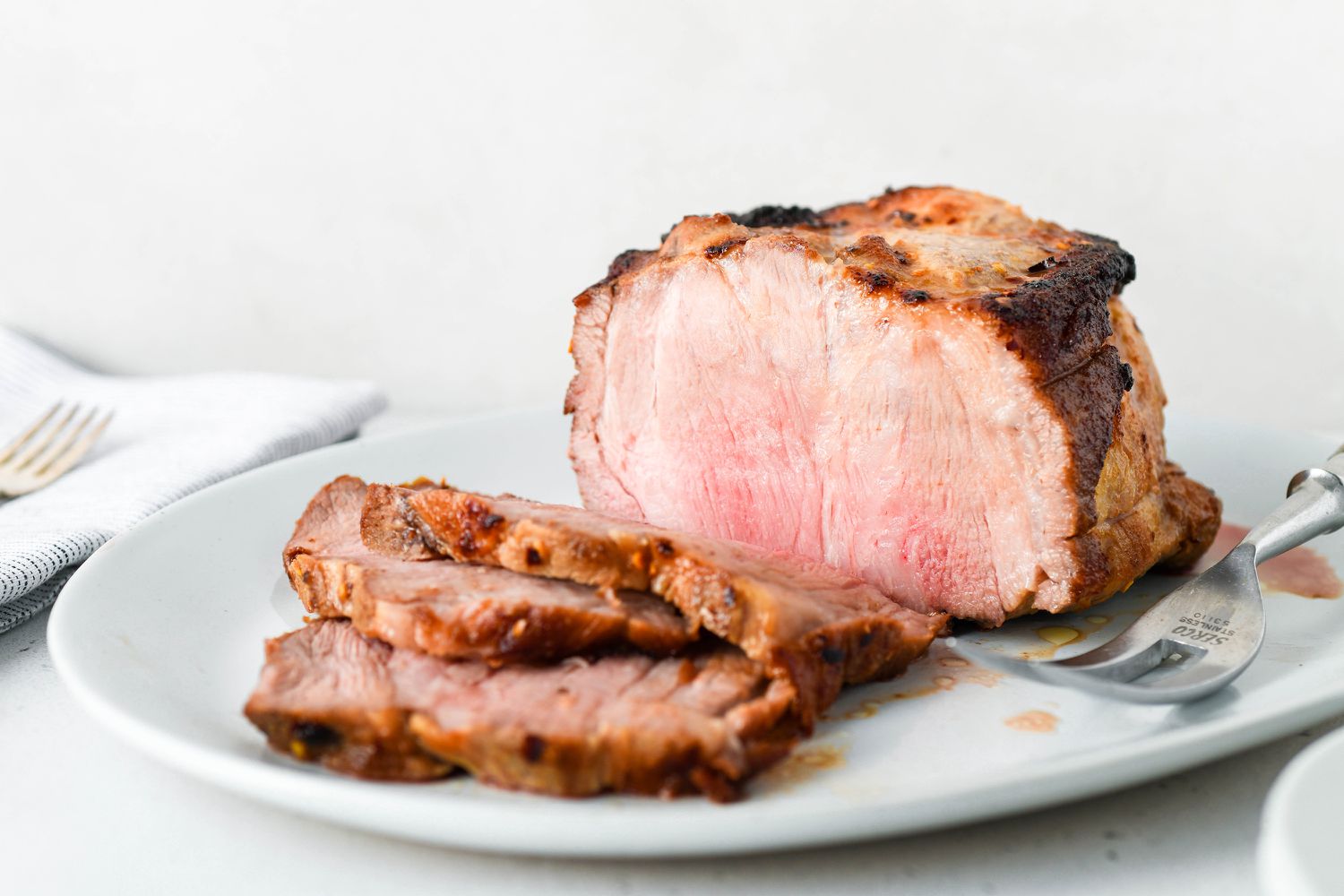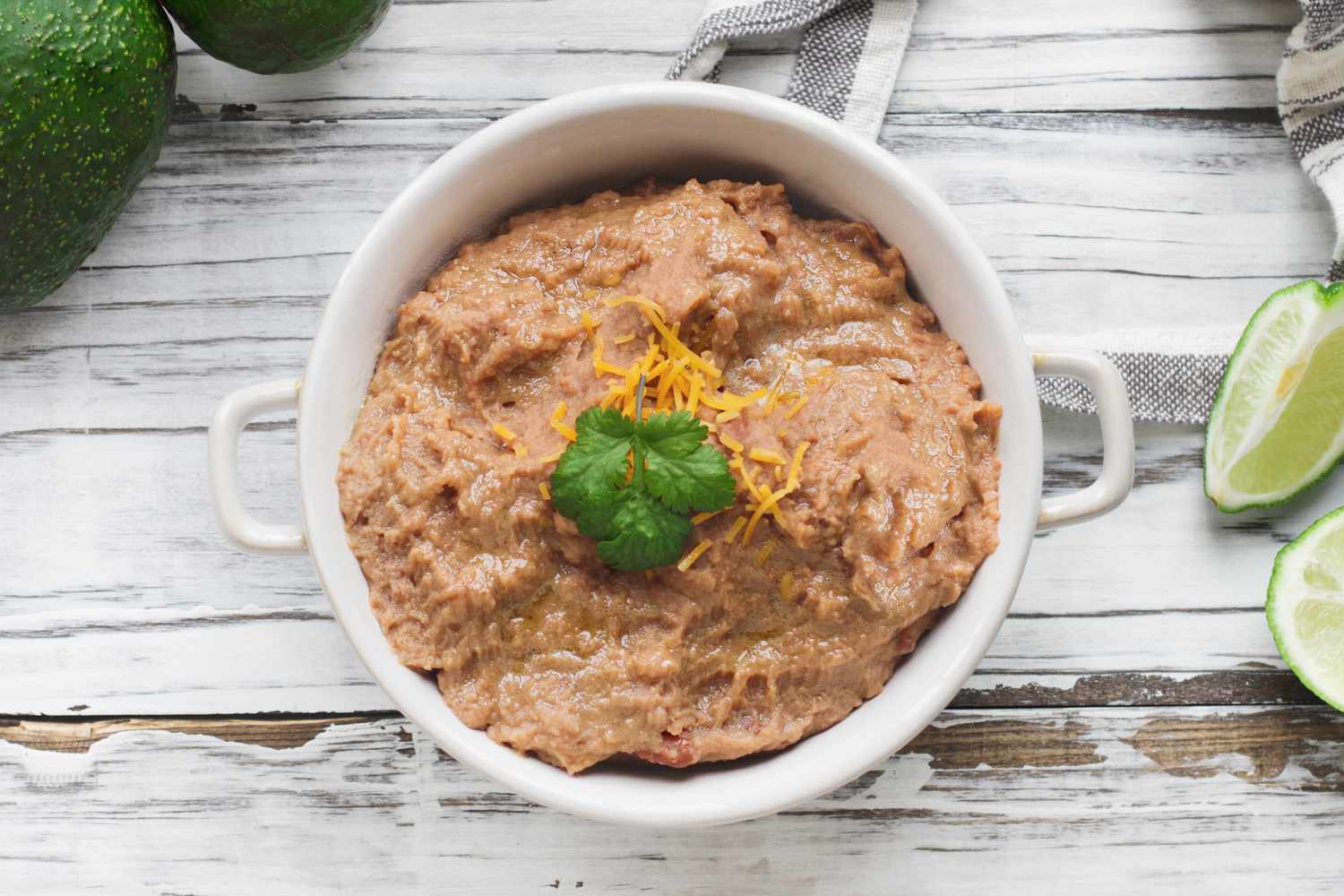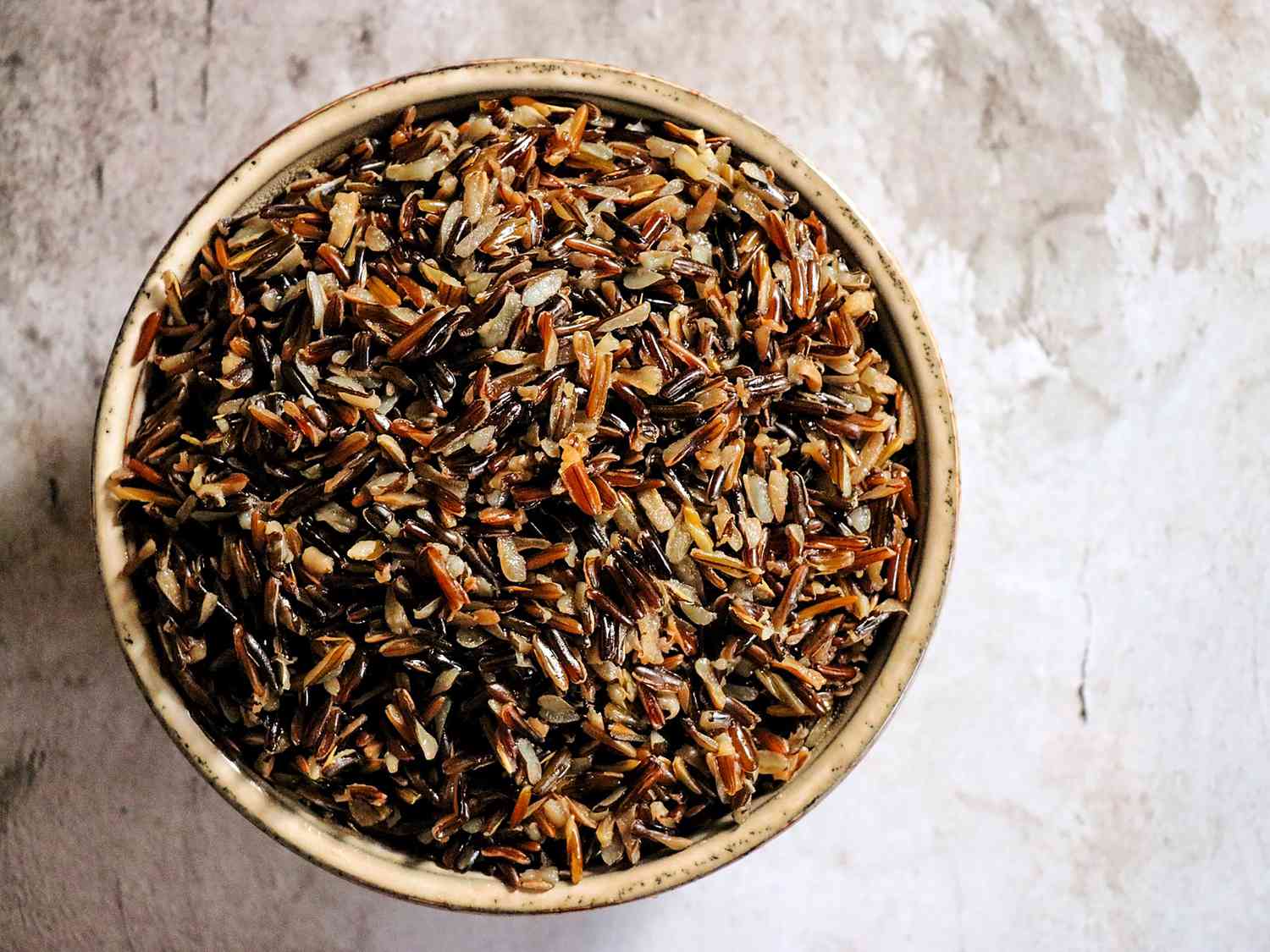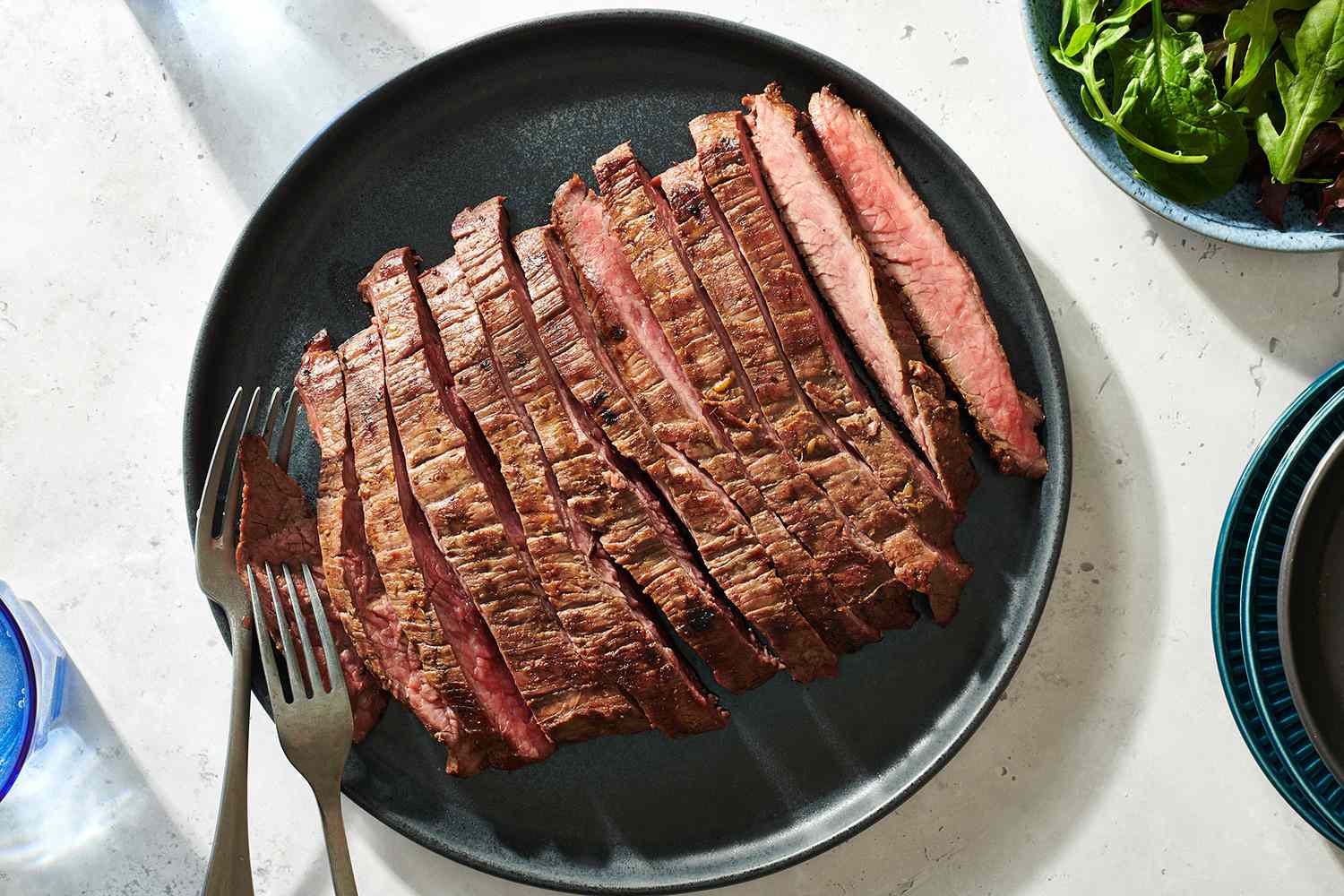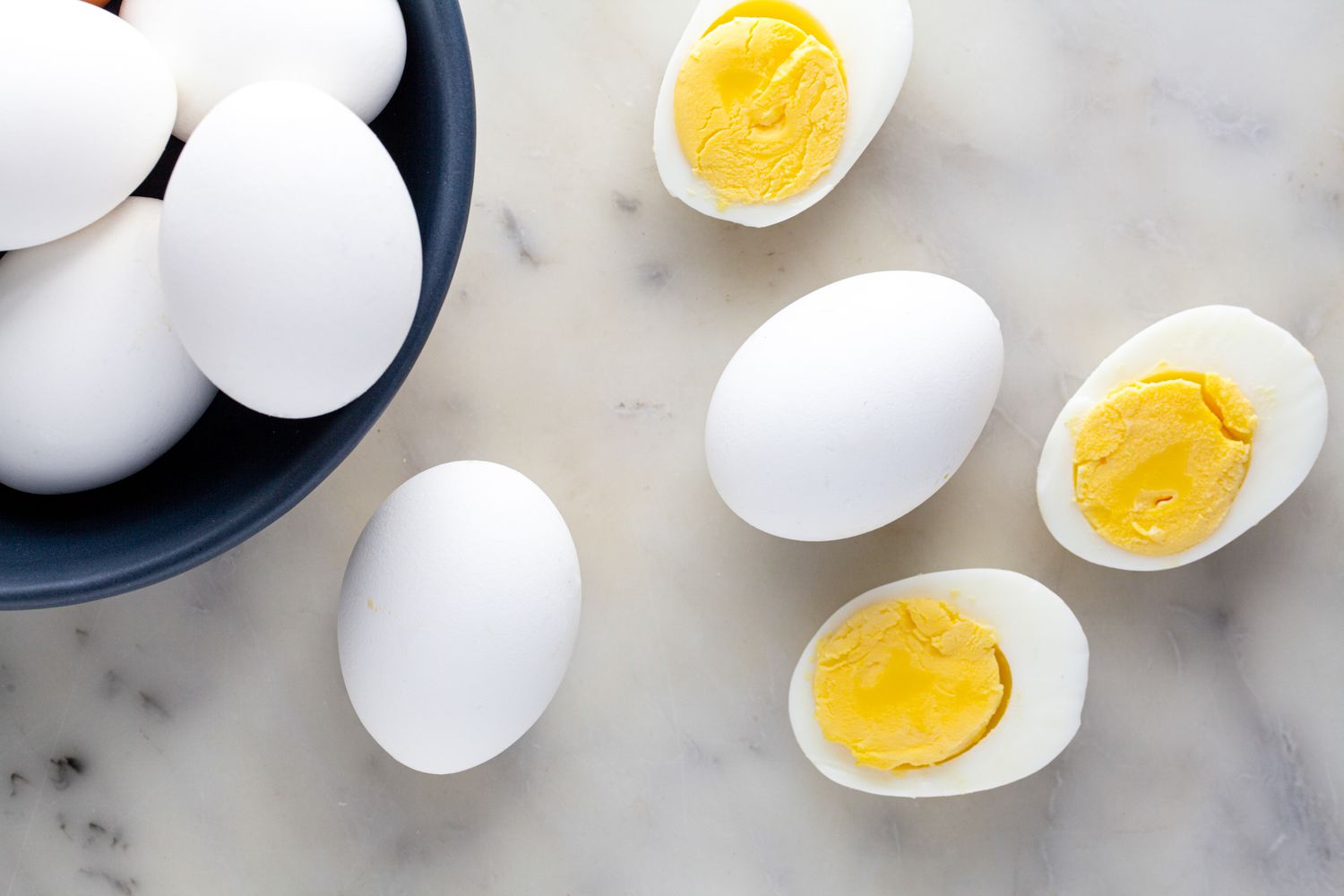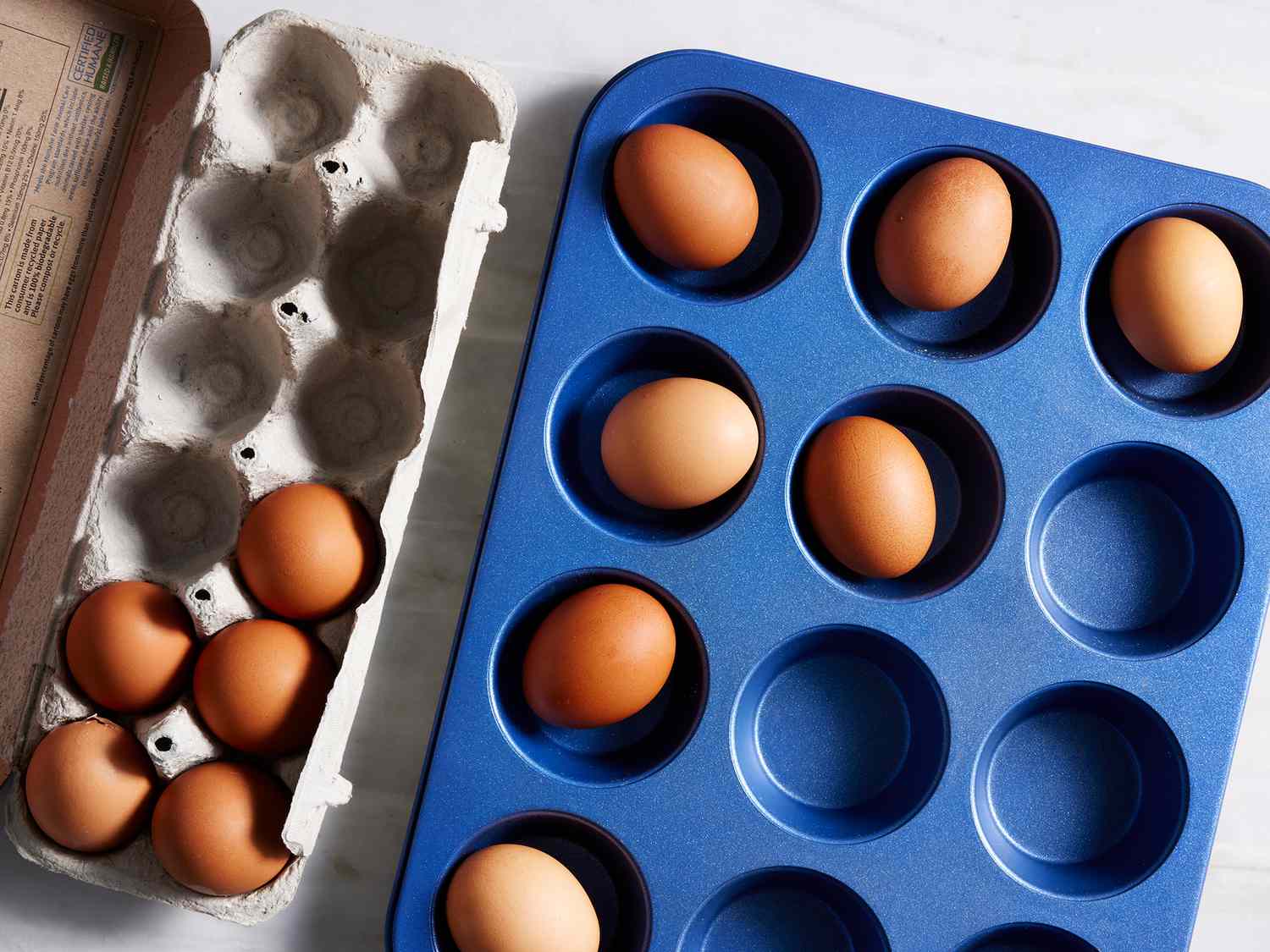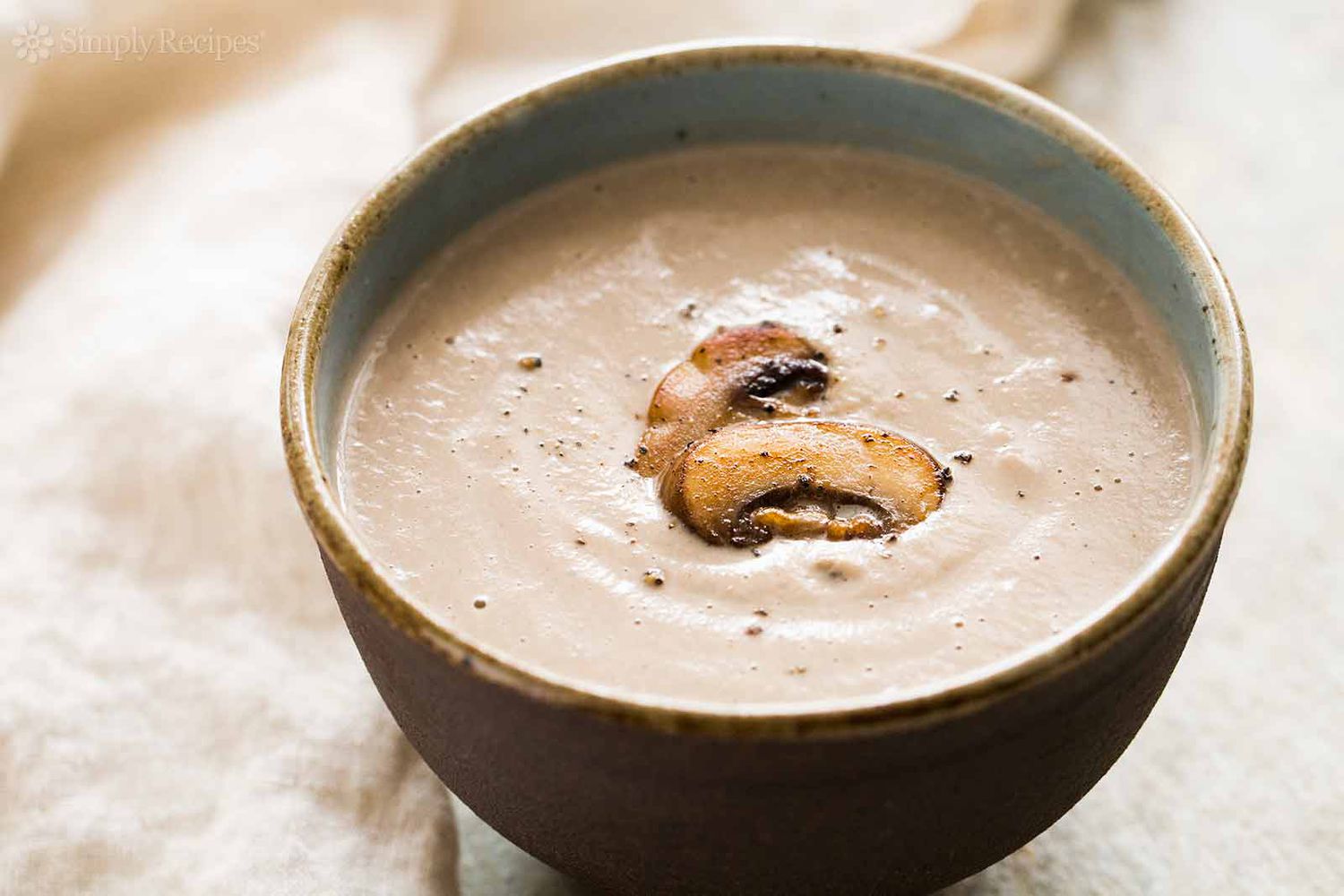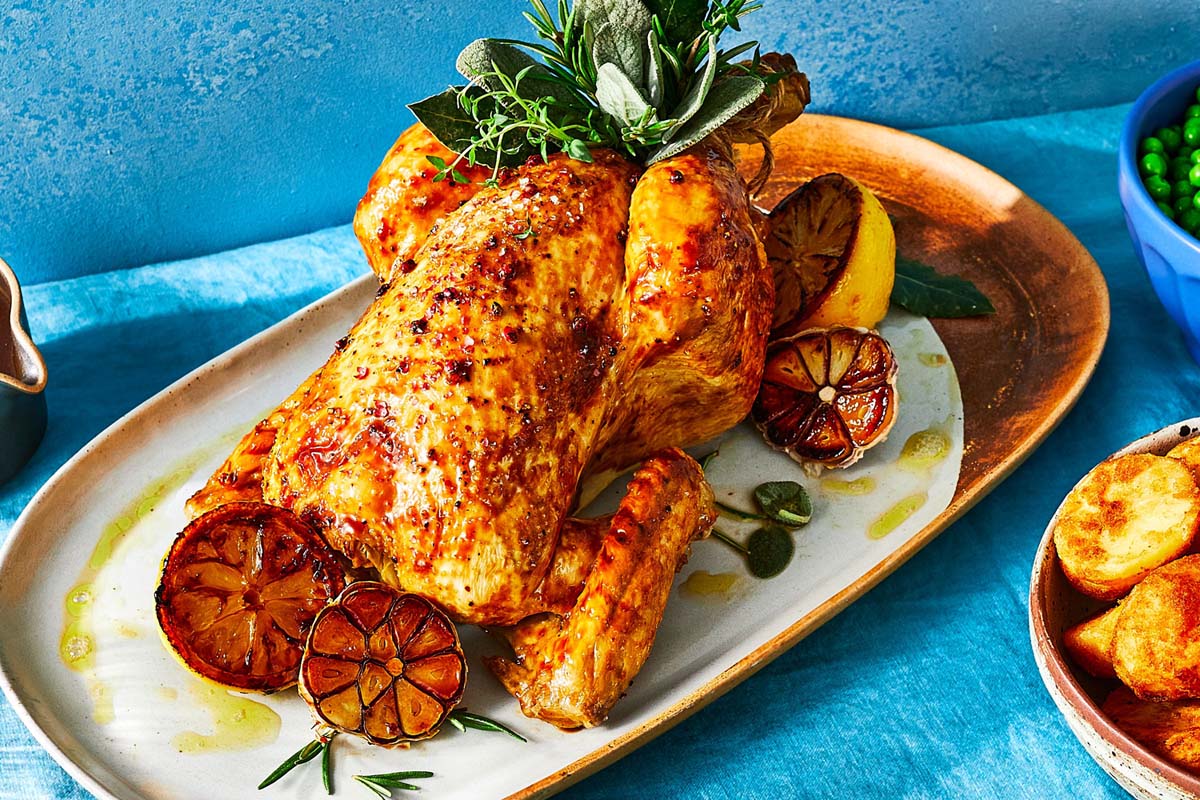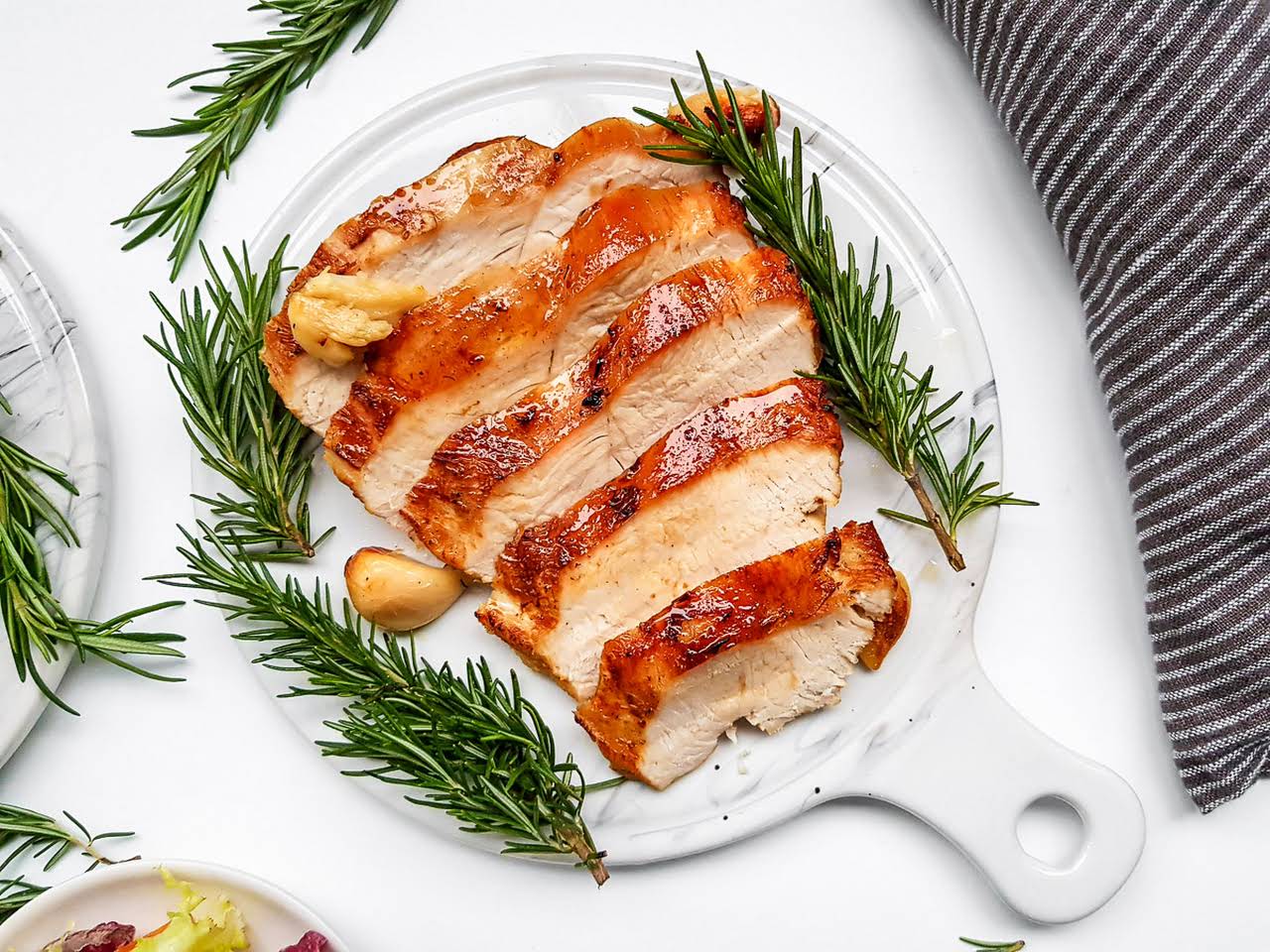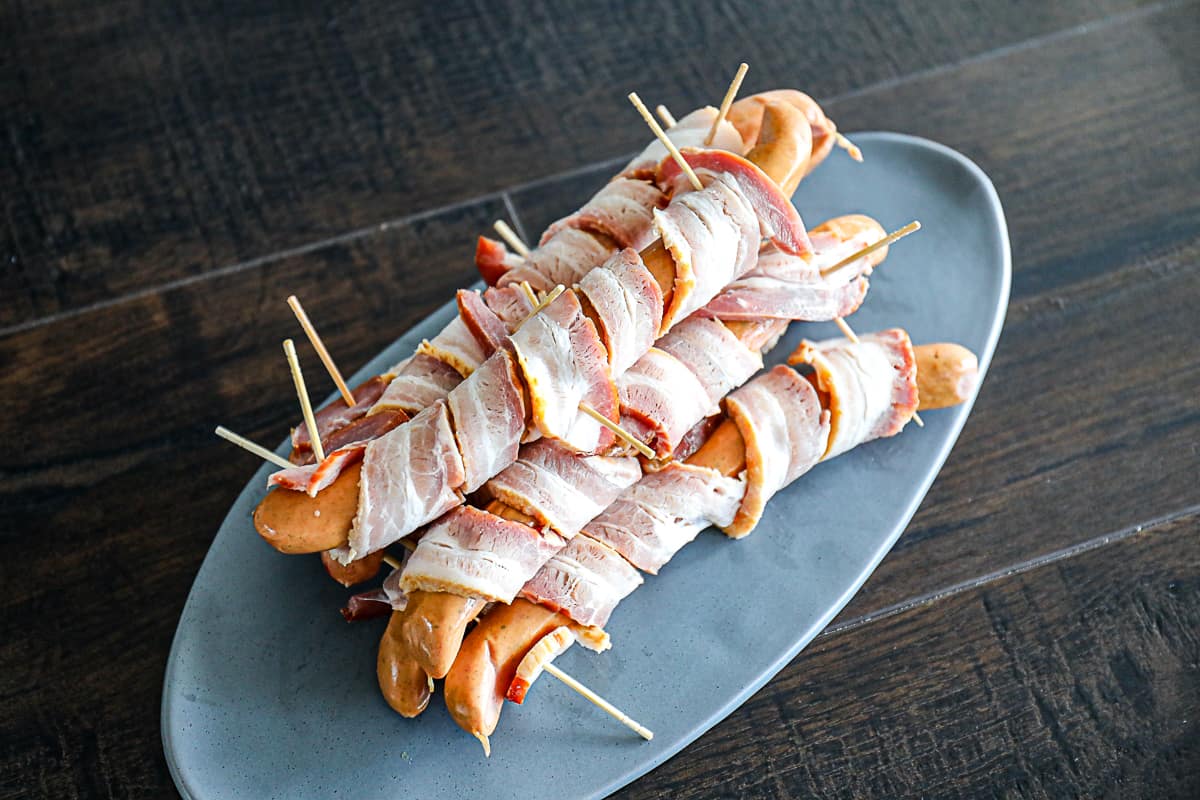Mastering the Art of Grilling: Tips and Techniques
Grilling is not just a cooking method; it’s a whole experience. The sizzling sounds, the mesmerizing aromas, and the mouthwatering flavors are what make cooking on a grill so enticing. Whether you are a novice or an experienced griller, there’s always room to refine your grilling skills and take your meals to the next level. In this blog post, we will guide you through the process of cooking on a grill, sharing expert tips and techniques to help you become a grilling maestro.
1. Preparing the Grill
A well-prepared grill is the foundation for a successful grilling session. Here’s how to get started:
- Clean the grill grates: Before firing up the grill, give the grates a good scrub with a stiff wire brush. This will remove any leftover residue from previous cooking sessions.
- Oil the grates: To prevent food from sticking, lightly oil the grates with a high smoke point oil such as vegetable or canola oil.
- Preheat the grill: Allow the grill to preheat for about 10-15 minutes. This will ensure even heat distribution and help sear your food properly.
2. Choosing the Right Fuel
The fuel you choose for your grill can have a significant impact on the flavor and cooking time of your food. Here are some options to consider:
- Charcoal: Charcoal grilling imparts a distinct smoky flavor to your food. Use natural lump charcoal for a cleaner burn and better flavor.
- Gas: Gas grills offer convenience and precise temperature control. They are great for quick weeknight meals.
- Wood: Cooking with wood chunks or chips can add complex and aromatic flavors to your grilled dishes. Experiment with different types of wood, such as hickory or mesquite, to enhance the taste.
3. Achieving the Perfect Grilling Temperature
One of the keys to successful grilling is understanding the ideal cooking temperatures for different types of food:
- High heat (450°F to 550°F): This temperature range is perfect for searing steaks, burgers, and vegetables. It helps create a caramelized crust while keeping the inside juicy.
- Medium heat (350°F to 450°F): Use medium heat for chicken, pork chops, and fish fillets, ensuring they cook through without burning on the outside.
- Low heat (225°F to 350°F): Low heat is excellent for slow cooking ribs, large cuts of meat, and delicate foods like seafood. It allows for gentle cooking and tenderizing.
4. Mastering the Grill Marks
Those beautiful grill marks not only make your food look more appetizing but also add extra flavor. Follow these simple steps to achieve perfect grill marks:
- Preheat and oil the grates: Make sure the grill grates are properly oiled before placing your food on them.
- Prepare your food: Pat your food dry and season it with salt and pepper before placing it on the preheated grill.
- Place the food at an angle: Lay your protein diagonally on the grates to create those classic diagonal grill marks.
- Flip and repeat: After a few minutes, rotate the food 90 degrees to create a crosshatch pattern and promote even cooking. Flip the food and repeat on the other side.
5. Grilling Safety
While grilling can be a fun and delicious way to prepare meals, it is essential to prioritize safety. Here are some safety tips to keep in mind:
- Keep a fire extinguisher nearby: Accidents happen, so it’s crucial to have a fire extinguisher within easy reach.
- Use long-handled tools: To prevent burns, invest in long-handled grilling tools to keep a safe distance from the heat source.
- Never leave the grill unattended: Always stay vigilant and keep an eye on your grill while it’s in use.
- Use a meat thermometer: Ensure that your food reaches the recommended internal temperature to avoid any risks of foodborne illnesses.
By following these tips and techniques, you will elevate your grilling game and impress your family and friends with delicious meals hot off the grill. So, fire up your grill, embrace the flavors of summer, and enjoy the art of outdoor cooking!
Was this page helpful?
Read Next: How To Cook Potatoes On Grill
newsoftcrack
download free cracking software
